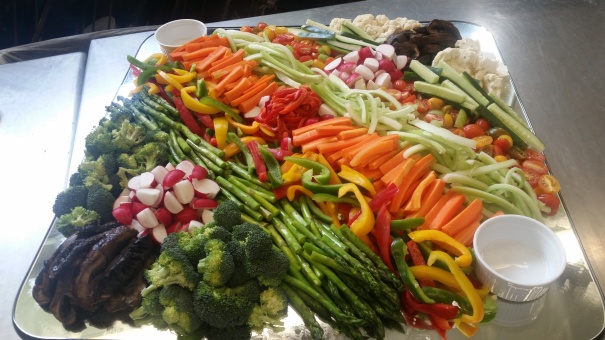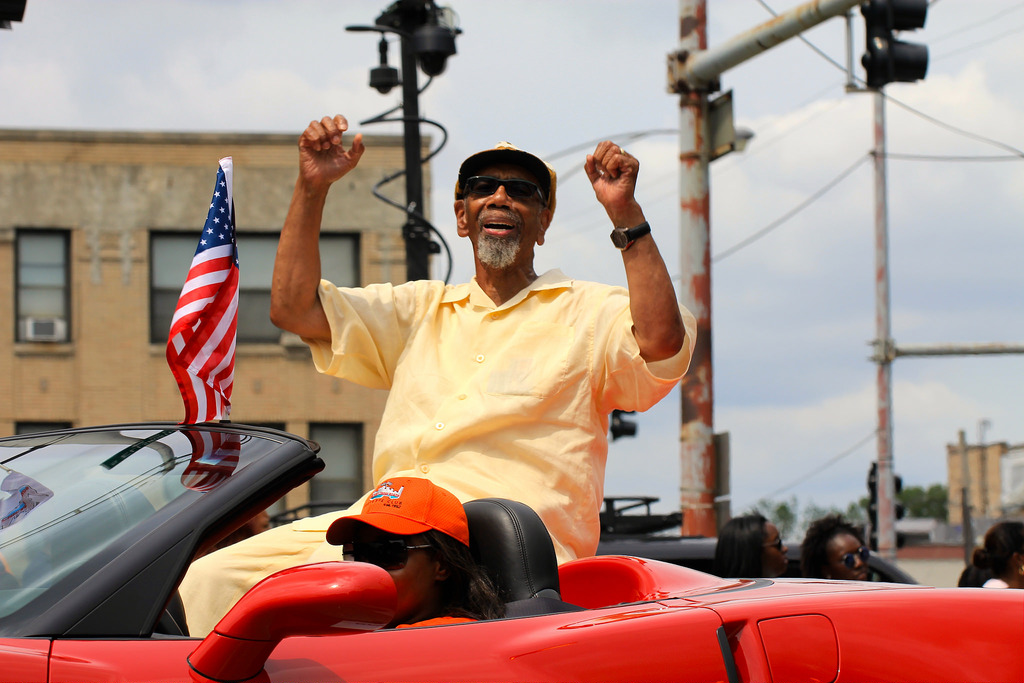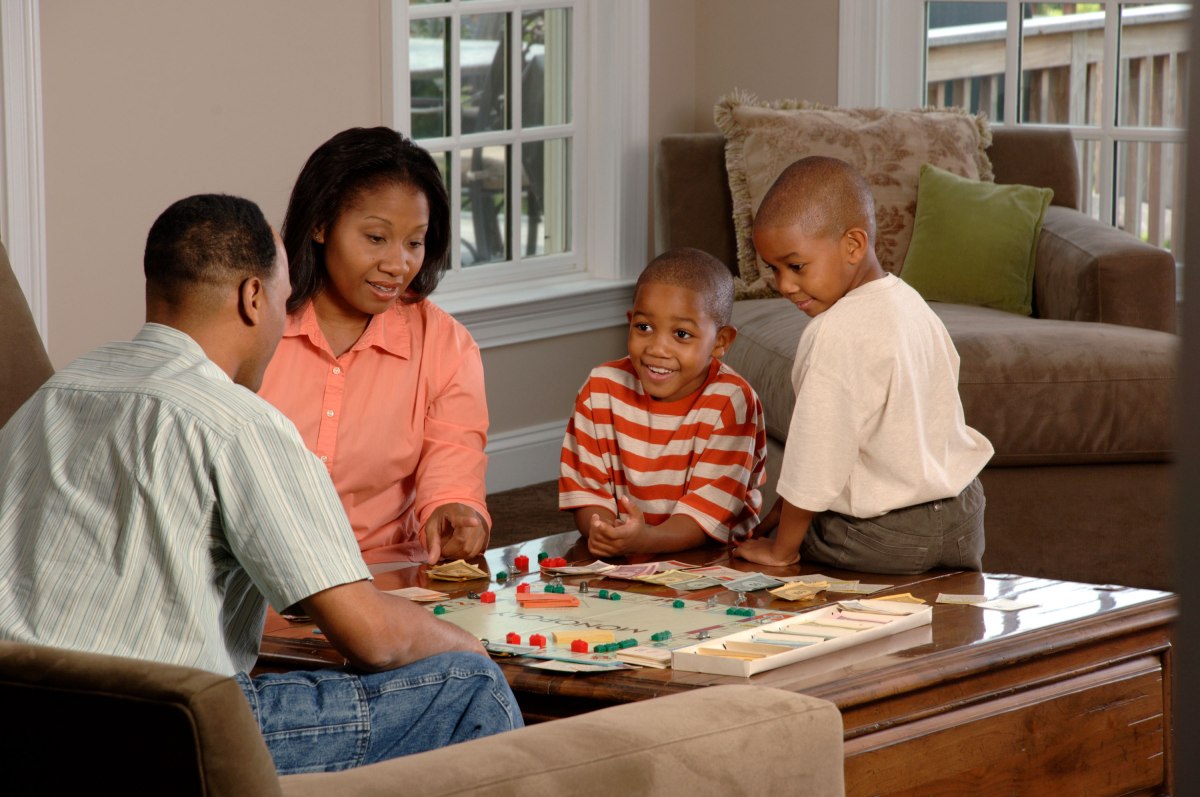The stakes are high in the upcoming presidential election. In can be difficult sifting through the political rhetoric and getting to the core of the candidates stance on important issues. After reviewing their websites, we have outlined the candidates stances on key issues impacting parents in our communities.
On Education
Secretary of State Hillary Clinton
- Secretary Clinton wants preschool to be standard for every four year old child in the United States.
- Secretary Clinton said she does not think any family should have to pay in excess of 10% of their income in childcare. To ensure this she wants to increase government investments in child care.
- Secretary Clinton believes that the child care workforce in the United States is underpaid and the quality of child care and early learning could be improved by raising the pay for these workers.
- Secretary Clinton wants to raise government expenditure on Early Head Start and the Early Head Start-Child Care Partnership Program at least twofold.
- Secretary Clinton supports initiatives like evidence-based home visiting programs; these involve social workers or nurses visiting a mother in her home during and immediately after pregnancy. She wants to increase women’s access to these type of programs.
- Secretary Clinton wants to help college students who are supporting children while attending school by offering scholarships of $1,500 to as many as one million students. The scholarship funds could be used for child care or emergency financial aid.
- Secretary Clinton wants to increase government funding for child care centers on college campuses to provide more support for parents who are also attending college.
Donald Trump
- Donald Trump wants to have an immediate federal investment of twenty billion dollars for school choice; this is the premise that parents can pick where their child attends school without geographic limitations. He claims this can be accomplished by redistributing current federal dollars.
- Mr. Trump wants to give this twenty billion dollars to states that have favorable laws regarding school choice; specifically for private schools, magnet schools and charter schools. He also wants states to allow funds to go with an individual student to the school they attend.
- Mr. Trump wants to set a federally mandated goal that school choice be available to every family with school aged children that live in poverty.
- Mr. Trump wants the states to all contribute $110 billion dollars of their education budgets toward school choice, in combination with the federal funds of $20 billion dollars, which he claims will provide $12,000 in school choice funds for every student who lives in poverty from Kindergarten through Twelfth Grade.
- Mr. Trump wants to collaborate with Congress on legislation that would ensure universities are making a good faith effort to reduce college debt as a consideration for the federal aid that the universities receive.
- Mr. Trump has a goal to make it easier for people to attend, pay for and finish two or four year colleges or pursue trades through vocational education.
On Police Violence
Secretary of State Hillary Clinton
- Secretary Clinton proposes to prevent police-involved shootings by: 1) having a set of national standards around how to manage the situations including training to prevent situations and 2) restore bonds between communities and law enforcement by investing in community policing and making sure that local police have the resources to build the resources in the community to prevent deadly incidents.
- Secretary Clinton has said she wants to end private prisons and immigrant detention centers.
- Secretary Clinton has been criticized for her and her family’s involvement in the War on Drugs at home and abroad, and the implications that has had on communities of color.
Donald Trump
- Donald Trump commented on the police shooting deaths of two black men, Terence Crutcher in Oklahoma and Keith Lamont Scott in North Carolina, in mid-September 2016 and noted that Crutcher appeared to be complying with law enforcement.
- Trump has expressed his support for law enforcement. At the candidates first televised debate on September 26, 2016, he reiterated the answer to police violence in communities of color is “law and order.”
- Trump believes the previously ruled unconstitutional “Stop and Frisk” policy was “so incredible, the way it worked.” At the September 26, 2016 debate, he again argued it efficacy in reducing crime.
On the Economy
Secretary of State Hillary Clinton
- Secretary Clinton wants to pass legislation in her first 100 days that would create a large federal investment in infrastructure to promote massive job creation.
- Secretary Clinton’s goal is to make college debt free and to help people with student debt refinance their loans.
- Secretary Clinton wants to promote legislation that benefits companies that have profit sharing plans with their employees and punish companies that take their jobs overseas by taking away their tax breaks.
- Secretary Clinton wants to increase the taxes on Wall Street firms and the richest Americans in the country to pay for her other initiatives.
- Secretary Clinton says she will fight for equal pay and guaranteed paid leave.
Donald Trump
- Donald Trump’s goal is to create an economy that will add 25 million new jobs over the next ten years.
- Mr. Trump wants to change the tax policy, create an “America-First” trade policy and take away regulations on American energy policy.
- He has a goal to increase economic growth by at least 3.5% per year.
On Health Care
Secretary of State Hillary Clinton
- Secretary Clinton says she will fight against a Republican Congress to preserve the Affordable Care Act and wants to expand it to cover more people. She also wants to allow people over 55 years old to buy into Medicare.
- Secretary Clinton has a goal to help reduce copays and deductibles arguing that this can be done because there has been a slower growth of national spending on health care.
- Secretary Clinton has a goal to promote legislation that will reduce costs for prescription drugs.
- Secretary Clinton wants to increase competition in the drug making business to reduce costs to consumers and create punitive measures for companies that raise their drug prices suddenly.
- Secretary Clinton wants to give incentives to states to expand Medicaid and increase access to health insurance for poor citizens.
- Secretary Clinton wants to allow families to purchase health insurance on the health exchanges regardless of their immigration status.
- Secretary Clinton wants to ensure that all American women have access to inexpensive contraception, legal abortions, and preventative care.
Donald Trump
- Donald Trump wants to repeal the Affordable Care Act and replace it with Health Savings Accounts (HSAs).
- Mr. Trump wants to collaborate with Congress to create a replacement health care system for the Affordable Care Act.
- Mr. Trump wants to collaborate with states to guarantee access to health insurance coverage for people who have not had continuous coverage.
- Mr. Trump wants to allow citizens to buy insurance in every state across state lines to create a sustainable insurance market.
- Mr. Trump wants to give block grants to states to allow them to design their Medicaid programs to deliver coverage to their poorer residents.
On Taxes
Secretary of State Hillary Clinton
- Secretary Clinton wants to promote legislation that will close tax advantage loopholes for millionaires and billionaires and add a surcharge tax to capture more of their income to ensure their tax rate is equivalent with other Americans.
- Secretary Clinton wants to close tax loopholes that benefit major corporations and firms on Wall Street and wants companies to be charged an “exit tax” that leave the United States.
- Secretary Cinton has a goal to reduce taxes for small businesses and simplify their process for tax compliance to encourage them to spend more money on investing in their business.
- Secretary Clinton has a goal to provide a reduced tax burden for working families that face rising cots for goods and services.
- Secretary Clinton believes that by taxing the wealthiest individuals and major corporations she can pay for debt free college and major infrastructure investment by the federal government without increasing the country’s debt.
Donald Trump
- Donald Trump wants to reduce tax rates for every group and especially for those who are working and middle class Americans.
- Mr. Trump says he wants to ensure the rich are paying an adequate amount, but worries about destroying job creation and minimizing America’s ability to compete.
- Mr. Trump says he wants to eliminate loopholes for special inerests, but also decrease the business tax rate.
- Mr. Trump wants to allow families to deduct fully the average cost of childcare from their taxes; this would include stay at home parents as well.
Remember, although the presidential election gets the most press, other federal, local, state, and municipal elections are just as important! Register, do your research and most importantly, VOTE! For more information, on elections and deadlines in your state, visit Ballotpedia.org.
—
Information attained from:
hillaryclinton.com
donaldjtrump.com
ballotpedia.com
***
About The Author
Rick McCray is a ma rried father of three amazing sons. He is also a proud graduate of Duke University where he holds a BA in History and African/African American History, and Howard University School of Law. He is also a regular commentator on the In The Black podcast. Rick is passionate about our history and helping to educate our community concerning the great contributions of people of color to the world. You can find Rick on Twitter @RealRickMcCray.
rried father of three amazing sons. He is also a proud graduate of Duke University where he holds a BA in History and African/African American History, and Howard University School of Law. He is also a regular commentator on the In The Black podcast. Rick is passionate about our history and helping to educate our community concerning the great contributions of people of color to the world. You can find Rick on Twitter @RealRickMcCray.



 attorney by day and writer all the time. Her work has been featured on
attorney by day and writer all the time. Her work has been featured on 











 attorney by day and writer all the time. Her work has been featured on
attorney by day and writer all the time. Her work has been featured on 

